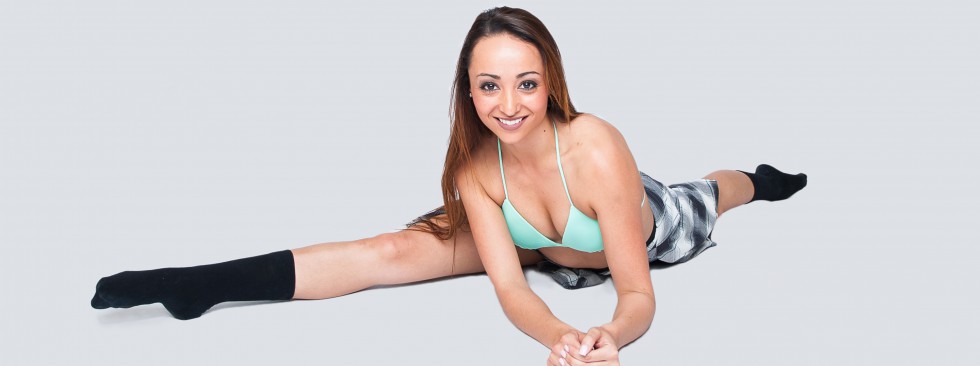It’s a captivating moment: All the dancers on stage chugging in a precise manner to Tankura, as they all merge into a perfect pyramid formation. They move their hips and bodies creating a visually stunning effect, you can literally see the music come to life. And it all happens in Chace Dance Company’s new production “Humanity.”
Feeling molded to the music is one of the biggest perks of dancing a work choreographed by Tamra Chace. Her repertoire ranges from tutus and flowers, to body socks, and off-body positions with innovative concepts.
The Girl Behind The Moves
Born in Orlando, Florida, United States of America, Chace studied at The University of the Arts in Philadelphia. She trained and performed many works before moving to South Africa and focusing more on teaching and choreography. Six months after graduating with her BFA in Ballet and Dance Education, Chace moved to South Africa and opened Chace Dance Studio, a training facility and program for young aspiring dancers, and Chace Dance Company, a platform for all professional contemporary dancers from different places to come together and perform in productions and corporate entertainment.
Chace often spends many hours just listening to the music she is about to choreograph to, so by time it comes to set the piece, she knows the musics DNA. It is so important to try and shape the sound the audience is hearing. Chace creates her work very quickly, and quietly-never yelling, just focusing on the work. She always comes prepared to make sure the rehearsals flow seamlessly.
The Style
Chace has brought a new distinct technical style to South Africa, she stresses emphasized phrasing and syncopation in his classes. Similar to Balanchine, in her classes a fondu doesn’t have the same timing on the way down as on the way up, it goes down slower with the accent on coming up.
Chace wants dancers to move drastically along the space, wants longer lines, and deeper lunges. She also disguises all of her preparations, having a leap and pirouette come from an element of surprise. Chace wants to make the in between stuff just as fantastic as all of the leaps and tricks, there are no boundaries with her technique, everything must be stretched to the max!
How To Dance It
Speed and musicality are the hardest elements to master when working with Chace. Being in time together and on time are the most important thing. There is no time for her dancers to keep their weight in their heels, they must be forward on their toes, ready to transfer weight in an instant.
Grasping the style of Chace Dance Company’s dancers and the choreography from Tamra Chace takes time, and constant training. It is a process, you have to develop the specific muscle groups that her technique requires. Most importantly, don’t forget to listen, as every step has a purpose in the musicality, if you dive into the music, the dance will just flow naturally through your veins.
Train with Tamra this weekend at Collaboration!
Info & Registration: https://fs30.formsite.com/TamraLChace/form6/index.html














